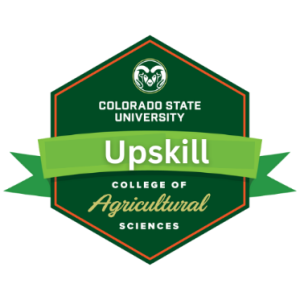7.9 – Summary
Seed quality is dependent on superior genetics and the availability of critical factors necessary for optimum seed development such as water, temperature, soil nutrients and sunlight. However, a seed lot that has been carefully cultivated and is genetically pure must also be free of pathogens and other contaminants detrimental to receiving parties. Seed as a commodity is traded globally and the risks of moving high risk plant pathogens from on region of the world to another can lead to crop failures and human/animal starvation, if severe.
In your moodle course area, you will find a file (excel and pdf) of nearly 50 examples of seedborne pathogens and their mechanism of spread. List is adapted from “Seed Pathology” by K. F. Baker, 1972. Pp 317-416 in Seed Biology Vol II, Kozlowski, T.T. (ed).
Key Takeaways
- Seedborne plant pathogens can be caused by fungi, bacteria, viruses, nematodes and parasitic plants. Pathogens can accompany seed lots as contaminants such as sclerotia, they can infect seed coats, or they can be contained internally within the seed embryo. Conditioners should inspect seed lots visually for discolored seeds that may indicate pathogen presence prior to acceptance.
- Seedborne pathogens can infect seed during anthesis, pollination (infected pollen) and seed maturation processes via systemic infections or contact with the pathogen that are able to enter via wounds and natural openings.
- Seedborne diseases are prevented from moving in seed commodity trade via the phytosanitary process where seed lots are inspected and tested to provide receiving parties confidence of pathogen freedom.
- Seedborne pathogens impact the longevity of seeds in storage. Storing seed under dry and cool conditions will prevent seed storage fungi from developing.
- Seeds are often coated with many materials to enhance handling and deliver enhancements or protectants to the seed during germination and seedling development.
- Seed treatment with fungicides, insecticides, nematicides, and biological materials that prevent or protect a seed or developing seedling from disease or insect attack may add value to high quality seed.
To earn a badge or certificate of completion proceed to the graded quiz in your course.

Earn an industry recognized micro-credential at: CSU Upskill.
References
[1] “Seed Pathology” by K. F. Baker, 1972. Pp 317-416 in Seed Biology Vol II, Kozlowski, T.T. (ed)
Abrahim, A. Loose Smut of Wheat (Ustilago tritici) and Its Managements: A Review Article; Journal of Biology… Vol.9, No. 8, 2019
“Seed Treatment Category 104” Colorado Commerical pesticide Application Safety and Training Guide. 2019 Walker, T (ed) Colorado State University and Colorado Department of Agriculture cooperating.
